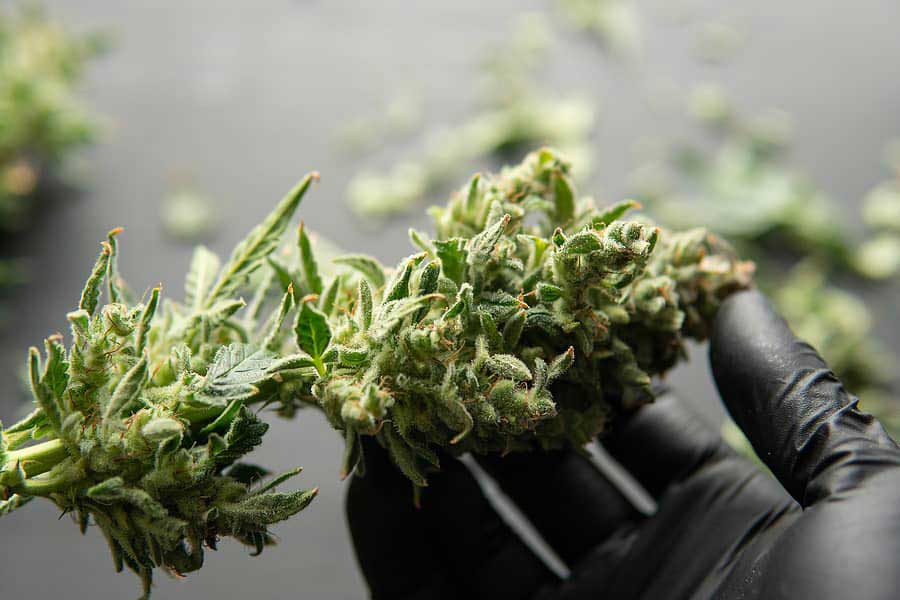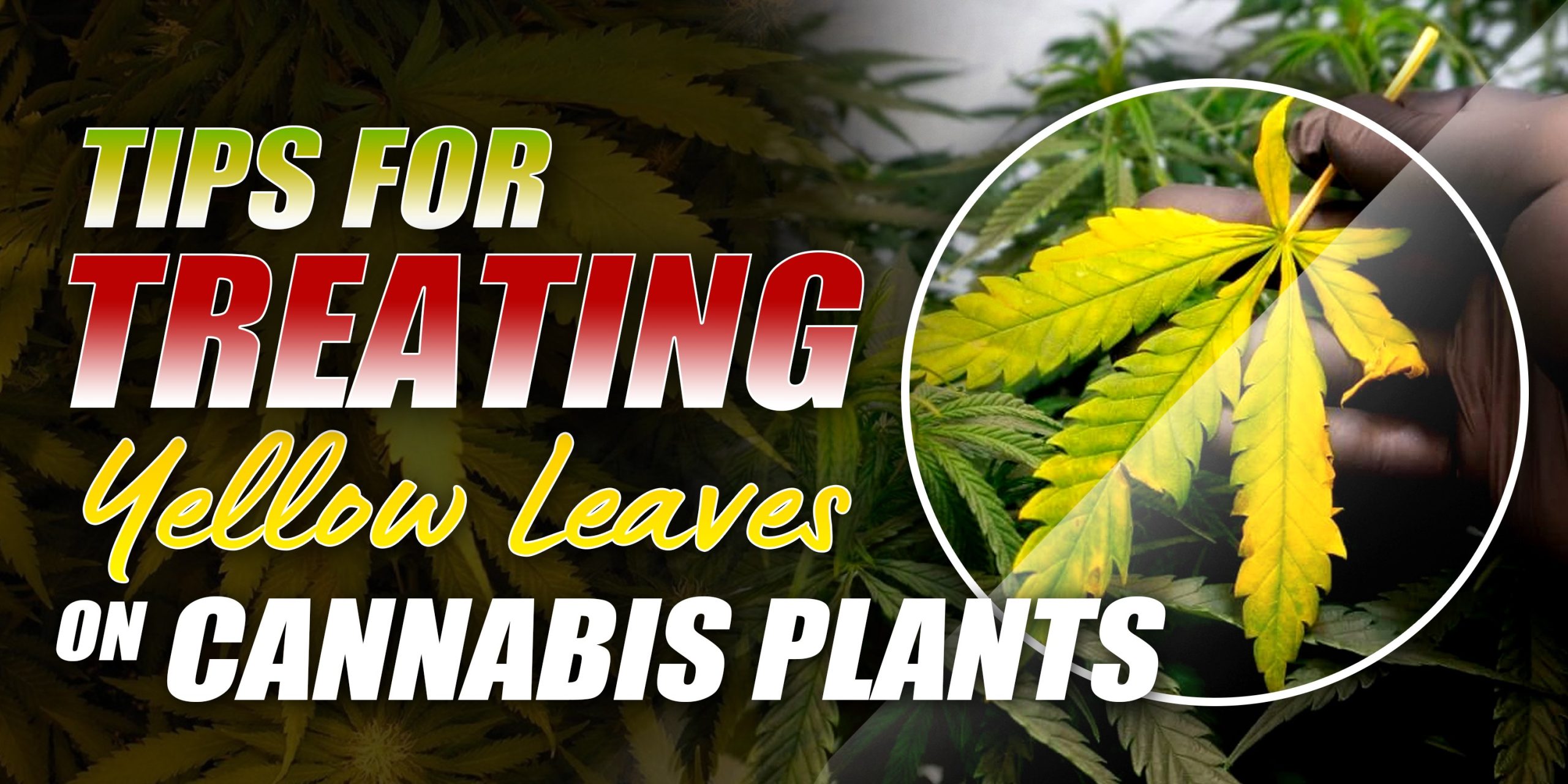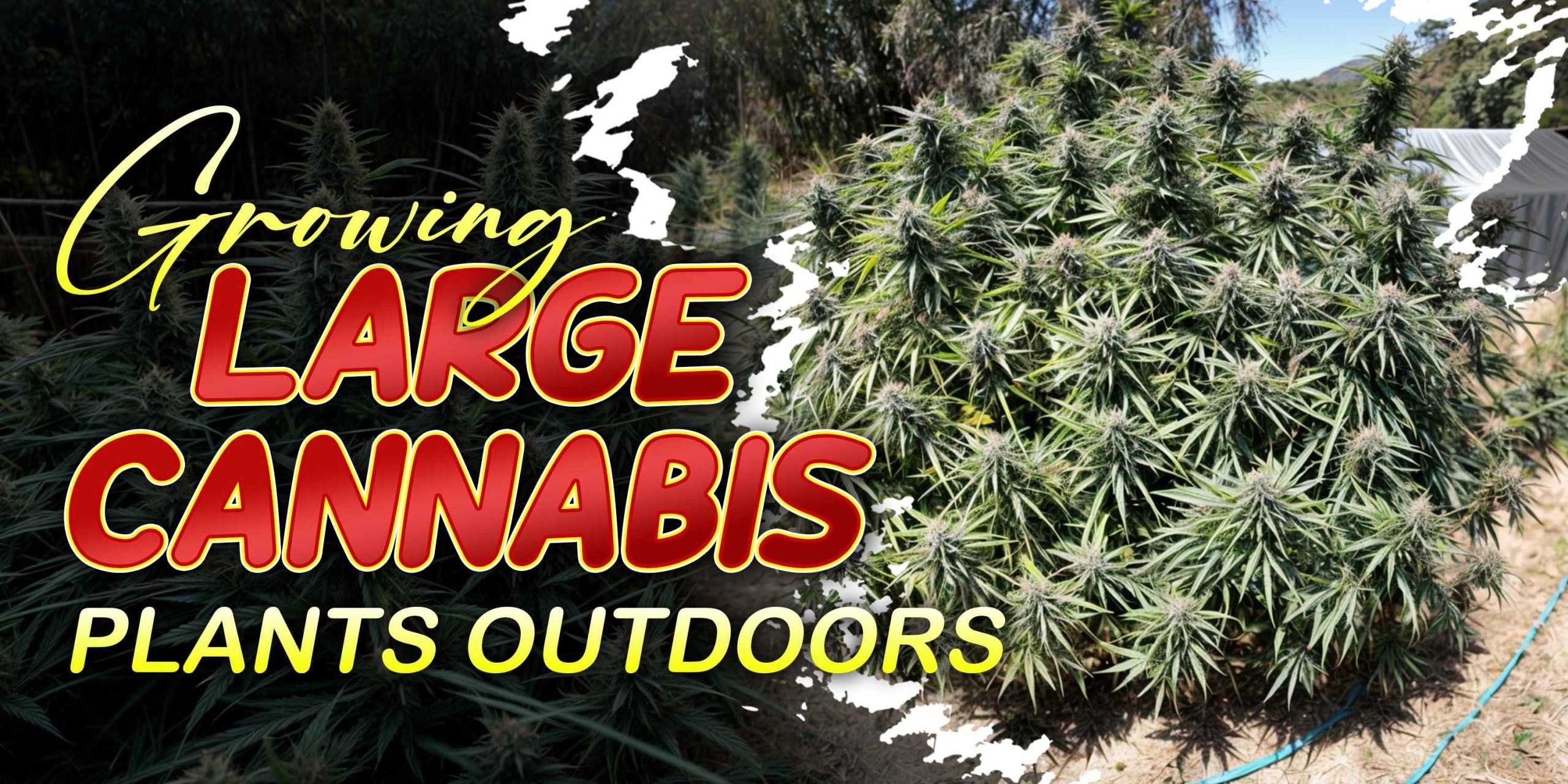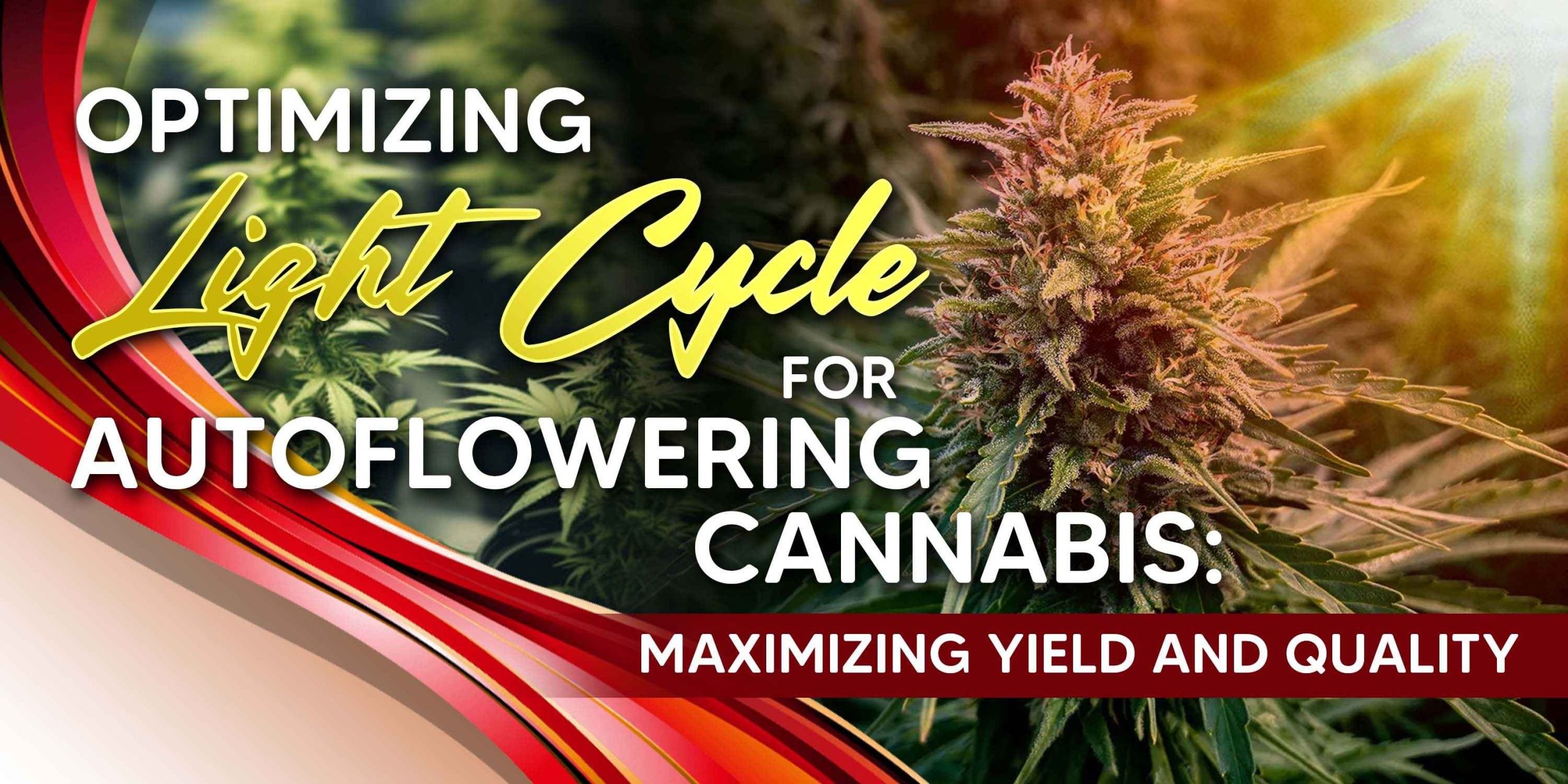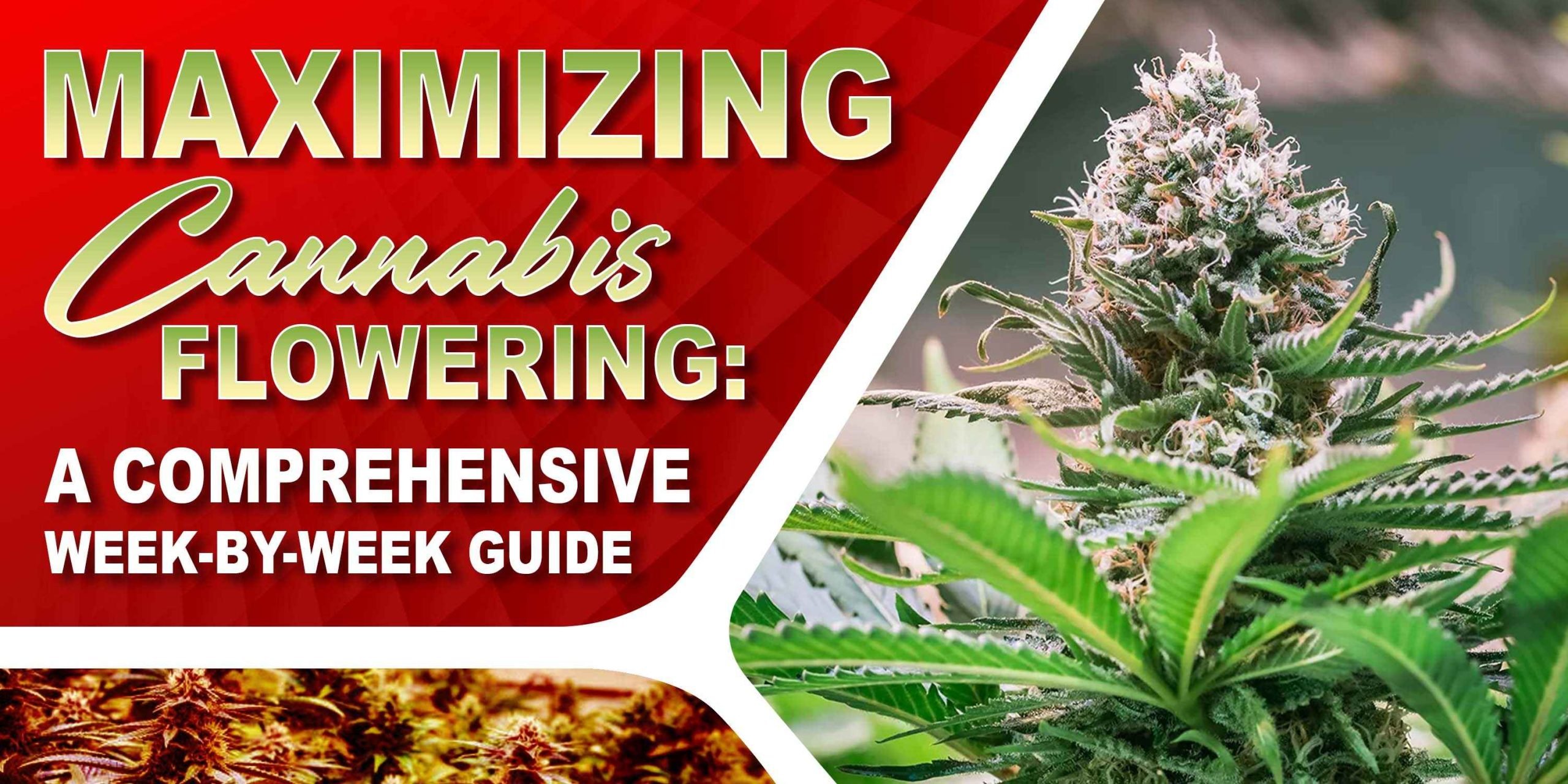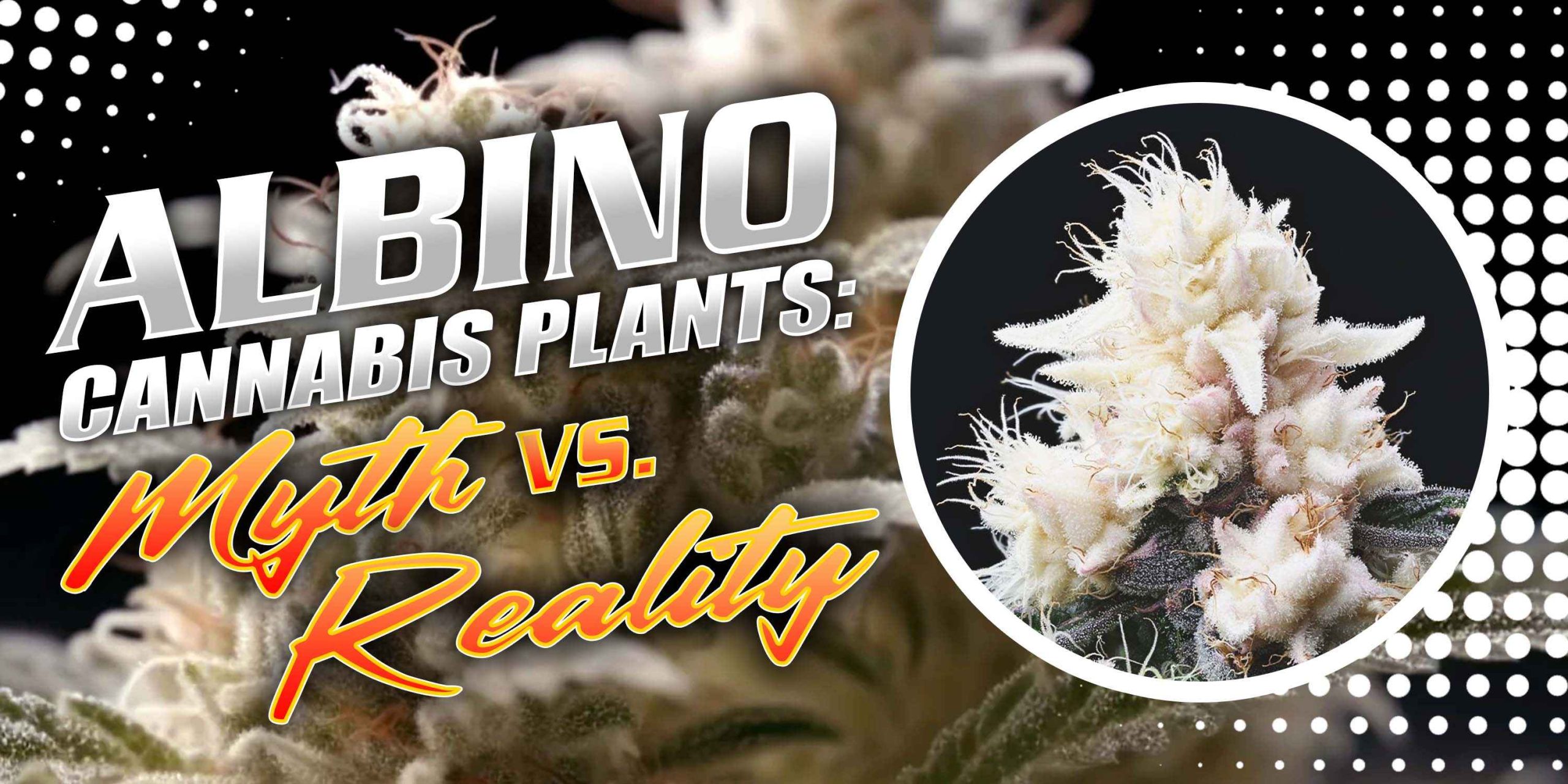Growing cannabis is a complex process. It heavily relies on a different variety of vitamins and minerals as well as compounds to enhance and protect the plant from any form of deficiency. Any master grower would know that cal mag deficiency is one of the most prevalent problems when dealing with cannabis. Those who want to know more about this type of mineral deficiency should learn how it affects the plant, how to identify, correct, and prevent it from happening again.
We will be breaking down each mineral deficiency individually and sum up all of its preventive measures to ensure that your crops are well taken care of.
What is Calcium Deficiency and How It Affects Cannabis Plants?
Calcium is an essential mineral for marijuana plants. They promote healthy cell walls and help create strong branches and stalks. Roots also grow and spread wide when there is a good amount of calcium in the system. With enough calcium, the plant can absorb enough potassium, which is also another essential mineral for the plant to grow. Calcium helps prevent the plant from being susceptible to stress, such as heat and warm temperature.
Calcium deficiency happens when the plant does not have enough calcium in the system. The plant cannot function and grow properly, and it will soon cause even more problems that are difficult to resolve. Identifying the signs of calcium deficiency needs ample skill and timing.
If you are growing your plants outdoors, it is highly unlikely that they develop any form of calcium deficiency. This is because the soil has a rich calcium content. However, acidic soil can cause calcium deficiency in marijuana plants, so you should always be on the lookout for the quality of the soil you want to use for your crops.
A hydroponic setup is also very vulnerable to calcium deficiency. Growers who use tap water often do not have enough calcium to sustain the plants; thus, a lack of calcium begins to happen within the setup.
The first identifying symptom of calcium deficiency is light brown spots on the leaves. The edges of the leaves curl up, and the branches are weak and break off easily. The stalks are hollow, and the plants are not responsive to heat. The roots become brownish in color, and you can see slimy substance building around the roots, which later on can cause root rot.
What is Magnesium Deficiency and How To Identify It?
Magnesium is another essential mineral that is used by the plant to grow and mature well. It has a direct relationship to how plants absorb solar energy and in the process of creating sugar and carbohydrates for the plant to survive. Magnesium is normally found in soil, but there is still a large tendency for novice growers to experience magnesium deficiency due to negligence as well as those who are unable to determine the signs and symptoms of magnesium deficiency.
Just like calcium deficiency, acidic soil is also detrimental to the plant as magnesium will not be properly absorbed in the roots in this type of environment. Low temperatures and humidity cause a deficiency of magnesium in cannabis plants. Hydroponic setup and the use of coco coir are highly likely to have this type of deficiency as the water can be too acidic for the plants, and coco coir causes issues with mineral uptake for the plant.
In identifying magnesium deficiency, one can look at the leaves. Check the bottom leaves and see if there are yellow leaves and brown spots. This symptom will slowly kill all the bottom leaves until it slowly climbs up to the top area of the plant. The growth of the plant is heavily affected by magnesium deficiency, and buds develop very slowly during this time. These are the signs of magnesium deficiency that is very likely to happen to your plants as this condition spreads rapidly to the rest of the plant.
How to Treat Cal-Mag Deficiency
Calcium and magnesium deficiency often happen together in plants. This is why most growers often deal with cal mag deficiency, and their resolutions are also tied together. The easiest way to deal with cal mag deficiency is to add good quality compost to the soil. You can add garden lime, crushed eggshells, dolomite, and even fish meal to enhance the quality of your soil.
- When using soil as a growing medium, make sure that the pH level is around 6.2 to 7.0 pH as calcium and magnesium are best absorbed by the roots in this environment.
- A hydroponic setup should have around 6.2 to 6.5 pH range to achieve the same environment. To do this, you will have to flush out your soil before adding the supplements to help treat cal-mag deficiency in plants.
- Use 6.0 pH water to flush out the soil and prepare the growing medium with the incoming solution.
- You can then add your supplement to enhance the quality of your soil. This can be quickly achieved by using a calcium-magnesium solution and add it to your soil.
- You can also use calcium nitrate before the flowering stage to give your plants that nice boost of calcium.
Preventive Measures for Cal-Mag Deficiency
There are a lot of preventive ways to make sure that your plants get the exact amount of minerals during its growth. Soil growers might want to pot the plants using smaller containers filled with fertilizer and soil mixture so it will have a good amount of resources to feed on. After a few weeks, it will have a decent root system that can handle large amounts of minerals and can withstand a good environment to grow.
Avoid overfeeding your plants with minerals just to prevent mineral deficiencies. High levels of nutrients can also cause damage to the plants, especially to the leaves and roots. Taking the time to balance the minerals that the plant needs are an essential aspect of cannabis cultivation. This will help you save time and money from having to deal with cal mag deficiency.
Conclusion
Cannabis cultivation is already a very complicated process, and it entails a lot of patience and perseverance. Knowing the signs and symptoms of cal mag deficiency is essential for those who want to avoid suffering from such a condition. The damage affects your plants may still be reversible if you have a keen eye on identifying the signs before they can destroy your crops.





